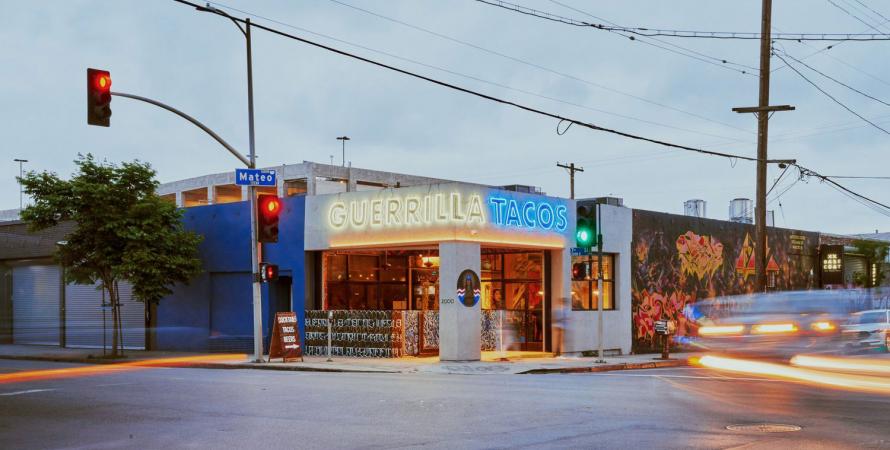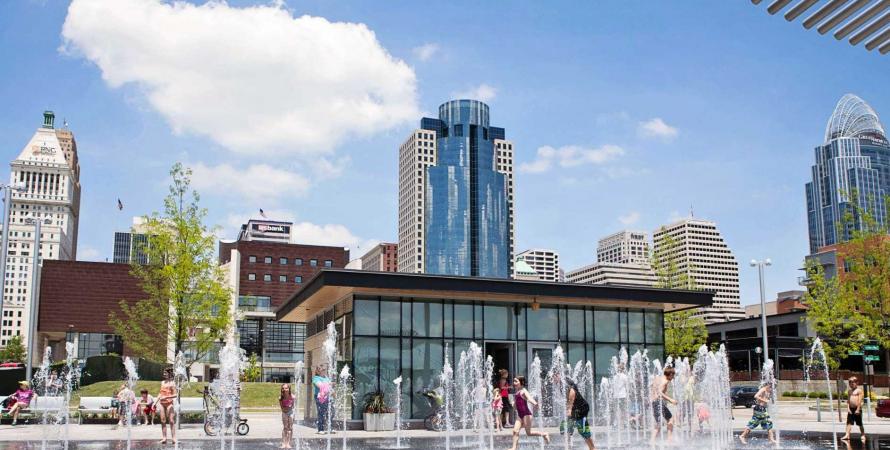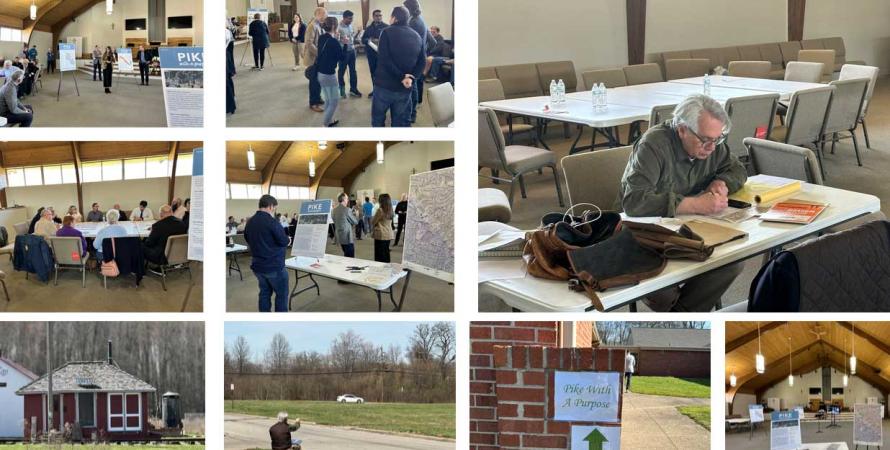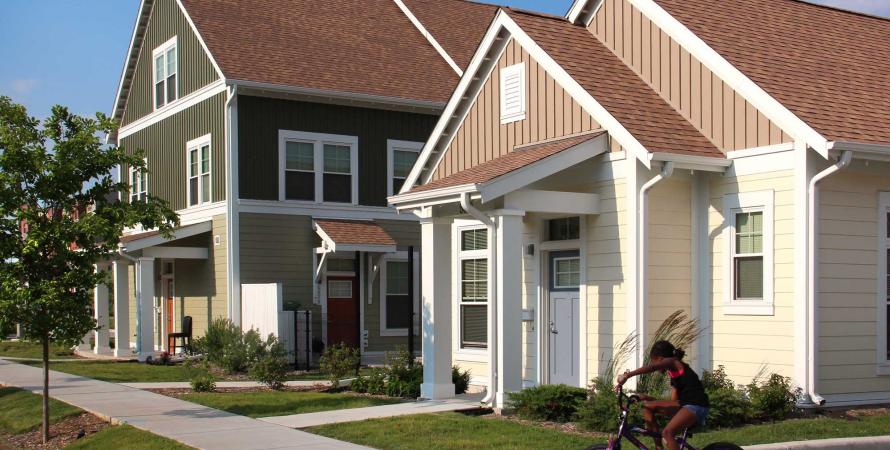-

Is ‘guerrilla urbanism’ an appropriate term?
Various interpretations of the term “guerrilla” sparks debate over its meaning and use within urbanism.In a recent “ On the Park Bench ” conversation, we tackled the concept of Guerrilla Urbanism, sparking a spirited debate. Angela Puerta, a city planner from Madison, Wisconsin, with roots in Colombia, challenged the session’s title head-on. She argued that the term "guerrilla" carries deeply...Read more -

How Cincinnati’s riverfront was transformed
The Ohio River city leveraged two stadiums and a highway reconstruction to build a new waterfront neighborhood, guided by a 1990s plan.Note: CNU 32 will take place in Cincinnati May 15-18, where visitors will see many examples of New Urbanism and urban revitalization throughout the city and across the region. The Banks Neighborhood was built on an underutilized area with stadium parking between Interstate 71 and the Ohio River in...Read more -

Greenway planned for a community seeking identity
In a former village with little or no walkability, where the main road resists change, planners envision a walking path linking public spaces, one of which would be a new central square.Amelia, Ohio, is a former village that disincorporated in 2019, splitting its land between two townships, Batavia and Pierce. (This decision made national news .) Amelia’s Main Street is a busy four-lane state highway, the Ohio Pike, which is hard to cross and dangerous for pedestrians. A...Read more -

Three dimensions of affordability
Westlawn Gardens in Milwaukee is a case study in how to address the three main affordability components: Affordable to build, to rent or own, and to live in. All three strategies are critical.New Urbanism has a strong legacy in shaping public housing reform and revitalization over the last 30 years. It set the design standards for HOPE VI, a design approach that has continued to this day. HOPE VI lasted from 1993 to 2010, and evolved into HUD’s Choice Neighborhoods Initiative (CNI),...Read more